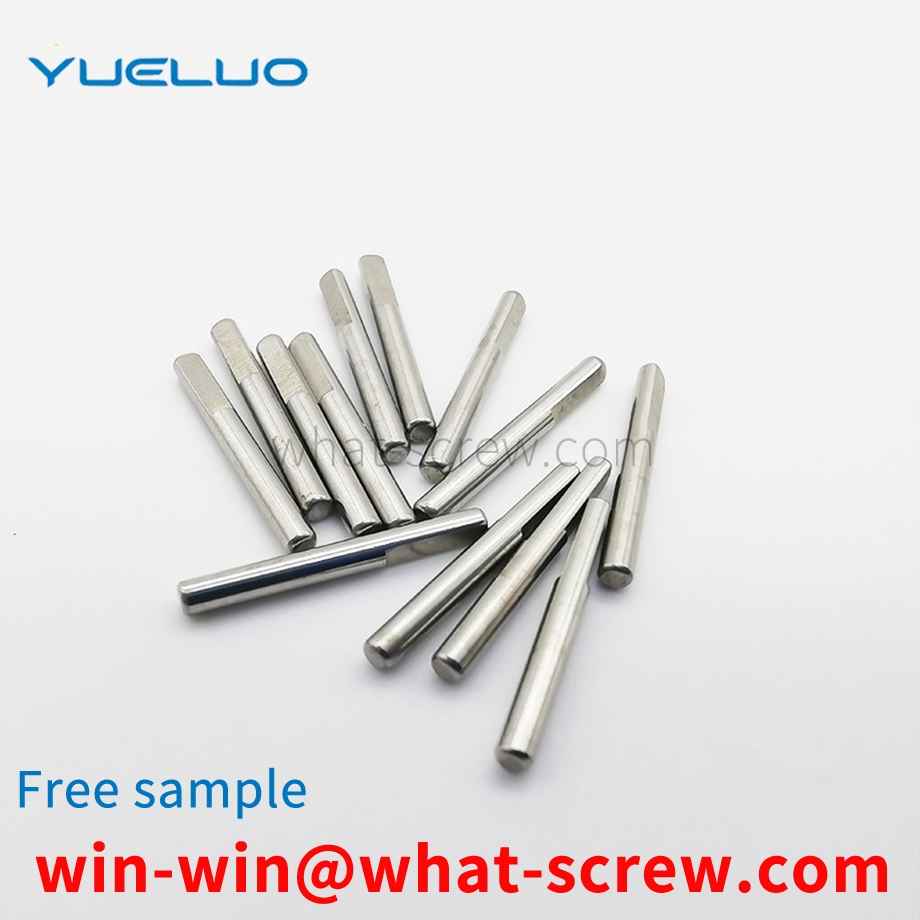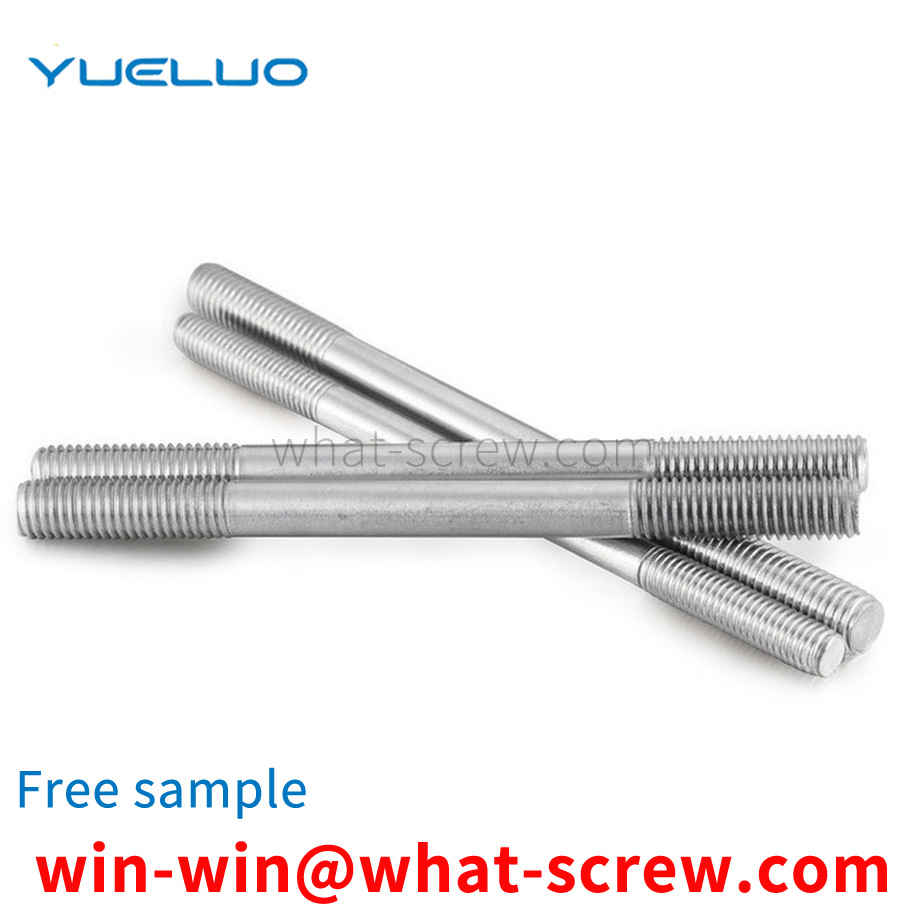Fasteners play a very important role in the installation of the main engine. Complex products such as airplanes, automobiles, trains, elevators, air conditioners, and computers all have the problem of installing components on thin plates. There are two traditional installation processes. One is The first is to tap the internal thread on the thin plate, but when the internal thread is tapped on the thin plate below 6 mm, the installation is often not firm because the number of threads is too small, and even the connection fails due to the broken thread when the force is applied; the second way It is a process of welding nuts on a thin plate, which easily leads to deformation of the thin plate and uneven welding surface. Sometimes the welding is not strong and the nut falls off when the force is applied, resulting in damage to the installation. The development of rivet nuts has solved the problem of installing components on thin plates, because rivet nuts combine the characteristics of nuts and rivets, and play an increasingly important role in fastener products. However, with the extensive use of rivet nuts in the electromechanical and mechanical industries such as automobiles, aviation, railways, refrigeration, elevators, etc., ordinary rivet nuts can no longer meet the special assembly requirements of many mechanical and electromechanical products, such as good sealing during assembly. Rivet nut with leak-proof function. Cantonese snail
The existing open-type blind rivets are widely used, usually composed of an iron rivet shell and an iron or stainless steel mandrel. During the riveting process, the open-type rivets are often unstable and biased due to the unsteady breaking force of the mandrel. When the foam is riveted, the nail head is directly pulled into the foam layer to damage the product structure. And there may be safety hazards such as scratching the operator during the installation process due to the exposed nail core. At the same time, due to the expansion of the rivet shell hole, the nail head will be loose inside.
The shear strength of a metal material refers to the ability of the material to withstand shearing force, which refers to the strength of the external force perpendicular to the material axis and shearing the material. The test is usually to install the cylindrical pin into the specified fixture, and the gap between the supporting part and the loading part is required to be no more than 0.15mm, and then force is applied to test the shear strength of the material.
Ordinary snap-type retaining rings have ears on their structure, which cause interference with the inner parts. If the ears are not provided, it is very troublesome to disassemble. For the very demanding aerospace field, ordinary snap rings cannot meet their requirements.
The screw refers to the screw (foreign name: Screw), which is a tool that uses the physical and mathematical principles of the oblique circular rotation of the object and the frictional force to gradually fasten the utensils and parts. A screw is a common term for fasteners, an everyday colloquial language. Metric threads are measured in MM (millimeters) and have a cusp angle of 60 degrees. Both US and Imperial threads are measured in inches. The cusp angle of the American thread is also 60 degrees, while the cusp angle of the imperial thread is 55 degrees.
We have many years of experience in the production and sales of screws, nuts, flat washers, etc. The main products are: T97.3 gaskets, pin manufacturers, multi-drum blind rivets, union screws and other products, we can provide you with suitable fasteners Firmware Solutions.



















 Service Hotline
Service Hotline




